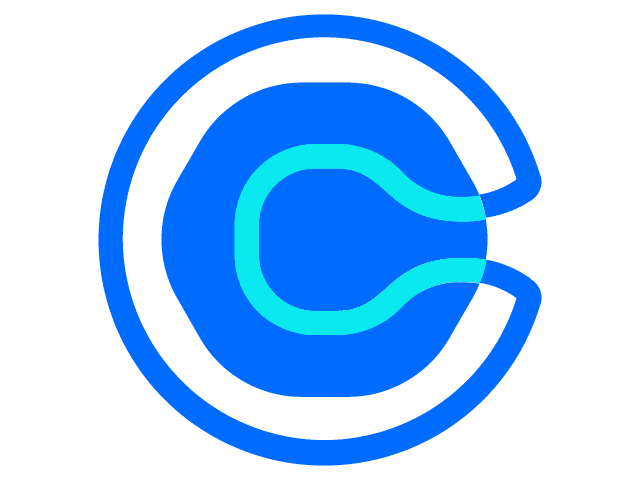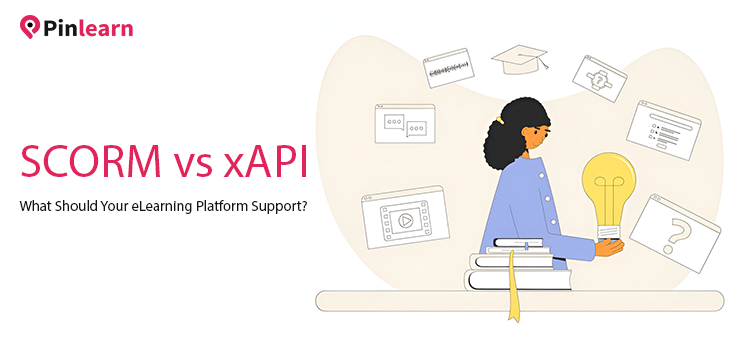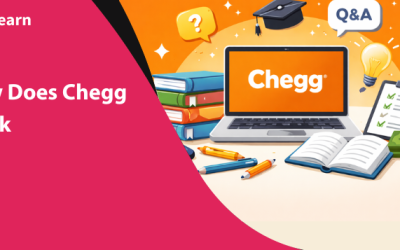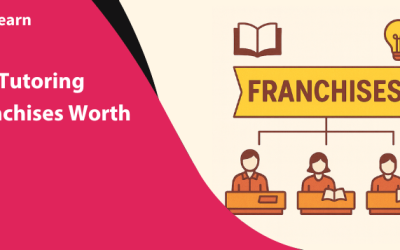SCORM vs xAPI: What Should Your E-Learning Platform Support?
Delivering an impactful learning experience is paramount as an e-learning platform. However, it doesn’t end with a streamlined course creation process. Measuring the true impact of your learning experience is integral.
SCORM and xAPI are two well-known standards for tracking learning activities in your LMS. While SCORM is a universal LMS standard, it adopts a straightforward tracking approach. If you’re looking for a sophisticated alternative, xAPI is the right choice.
This guide pulls in a comprehensive SCORM vs xAPI analysis to pick what’s right for your e-learning platform. So, let’s find the right content standard for your learning business!
What is SCORM?
SCORM (Shareable Content Object Reference Model) is the first and the oldest standard for e-learning content. It was developed by Advanced Distributed Learning (ADL) in the 2000s.
It is a universal standard for hosting e-learning content on different LMSs. If your LMS is SCORM-compliant, then it can run any SCORM content. Also, SCORM helps e-learning systems to easily communicate with each other.
Being the “gold” standard, SCORM makes it easier to share and track learning metrics across different LMS.
It tracks basic learner data: course completion, pass/fail percentage, quiz scores and time spent. Actually, there are five SCORM versions, of which SCORM 1.2 and SCORM 2004 are the most common.
Pros
- Interoperability
SCORM-compliance ensures you can move your e-learning courses from one LMS to another.
- Reusability
It uses a modular approach and allows the reuse of learning modules across different courses.
- Accessibility
SCORM content is packaged in a .zip file and easily accessible to learners regardless of their LMS.
- Trackability
Enables tracking of different metrics like course progress, scores, time spent, etc.
- Cost and time savings
The modular and easy approach helps to repurpose content to different formats. Thus, the overall cost and time for course creation reduces.
Cons
- Outdated Technology
SCORM was developed in the 2000s, and then the later versions came around 2004. However, it’s still an older technology, less compatible with modern technologies and systems.
- Restricted Compatibility and Flexibility
Despite the advantages, SCORM has specific packaging requirements. The core component of the SCORM is the manifest.xml file. All the course content must be placed within the .zip file.
- Limited Analytics
Compared to newer technologies like xAPI, SCORM can collect limited data on learner behaviour and progress.
- Technical Complexity
Creating and implementing SCORM within your existing system needs technical expertise.
What is xAPI?
xAPI (Experience API) is a more modern learning standard, developed in 2013, a robust successor of SCORM. It is different from its predecessor compatibility standard and captures the learning experiences of users. While SCORM’s analytics is limited to tracking courses and learners, xAPI digs deeper into learning behaviour.
For example, xAPI helps learning platforms to access time spent, resources accessed, outcomes attained, etc. It helps to track when and the traffic source from where learners access content.
Now, to implement xAPI, you need a few things: LRS (Learning Record Store), xAPI statements, and a robust strategy. An LRS stores and records the learning data. In contrast, xAPI statements help to track your learning activities.
Further, let’s look at how the xAPI statements work.
Each xAPI statement has the following elements (e.g., “Jack attended the course”):
- Actor (Jack)– The learner’s unique ID or email address
- Verb (“Attended”, “passed”, “failed”)– Action performed by the entity
- Object (course)– The place where the interaction happened
Another important thing is that xAPI collects data from platforms and devices outside your LMS.
Pros
- Advanced Tracking
xAPI helps to track learning experiences beyond LMS. Moreover, it gathers data from training simulations, mobile apps, and social platforms.
- Offline Learning
It captures and stores data locally (LRS) until the internet comes back. Whether students completed a course or a quiz, xAPI tracks online and offline interactions seamlessly.
- Mobile-Optimized
xAPI works for a wide range of devices, including smartphones, tablets, etc. This ensures a seamless learning experience from anywhere.
- Comprehensive Analytics
From learning behaviour to preferences and performance tracking, xAPI offers data-driven insights beyond courses and learning. Thus, creators can curate highly personalized learning experiences
- Future-proofing
xAPI is considered to be a key learning standard in the years to come. To stay relevant to the industry, adapting to xAPI is crucial.
Cons
- High Infrastructure cost
Implementing xAPI requires a more extensive architecture, including LRS and integrations. Thus, the infrastructure costs are significantly higher than those of SCORM.
- Technical complexity
Demands more technical proficiency for implementation as compared to SCORM.
- Limited compatibility
When transitioning from SCORM to xAPI, you might face challenges with native integrations.
SCORM vs xAPI: Comparison
Here’s a quick SCORM vs. xAPI comparison to choose the right standard:
| Difference | SCORM | xAPI |
| Basic Definition and Purpose | Universal and old content standard to track basic performance of traditional LMS. | Modern, more robust content standard to track any learning experience. |
| Tracking | Tracks basic metrics, such as course completion, pass/fail, time spent on the course, scores, etc. | Captures learning behaviours beyond course completion (viewing courses, watching videos, progress in gamified learning) |
| Learning Environment | Restricted to online learning environment | Supports tracking and usage in offline mode |
| Devices | Primarily for tracking desktop-based environments | Tracks results across diverse devices, including mobile, tablets, etc. |
| Interoperability | Compatible with many LMS platforms | Flexible across various LMS but needs LRS to store and manage data. |
| Implementation and Data Storage | Easy to implement and data stored within the LMS | Needs technical expertise and an LRS for data storage |
| Modern Learning Support | Limited support for modern LMS | Supports more adaptive learning paths, by tracking activities across different platforms, devices, and contexts. |
| Cost | More cost-effective for basic tracking | High initial setup costs due to LRS and specialized infrastructure |
When to Choose SCORM and xAPI for Your E-Learning Platform?
Choose SCORM for your e-learning platform if:
- You need to track basic learning metrics, such as course completion, scores, time spent, etc.
- Limited budget and need compatibility with a broad range of LMS
- Your LMS supports SCORM, and migrating to xAPI looks tedious
- Need quick implementation & no technical expertise
Choose xAPI for your e-learning platform if:
- Advanced tracking across devices, platforms, and real-world activities
- Content delivery extends beyond traditional LMS, including mobile apps, simulation games, etc.
- Business Involves cutting-edge technologies like AR, VR, and other interactive simulations
- Future-proofing your e-learning platform to adapt to modern learning needs
Conclusion
While both SCORM and xAPI are popular standards for e-learning platforms, assessing your platform needs is essential to choosing the right one. SCORM is suited for basic tracking and simple learning needs like gauging scores, quizzes or PDFs.
On the other hand, xAPI is perfect for advanced learning scenarios. You can integrate it well with AR, VR, and mobile learning apps and curate customized learning paths. Choosing the right standard helps to significantly improve the learning outcomes and streamline your training efforts.
Struggling to pick the right solution for your e-learning business? Explore how Pinlearn helps to build a SCORM-compliant learning marketplace without the hassles of coding. We value the importance of unique brand identity and integrations, hence we offer 100% control with code customizations.
So, let’s future-proof your learning business with this 15-minute free demo session!
FAQ-Related to SCORM vs xAPI
1. What’s the difference between SCORM and xAPI?
SCORM and xAPI are two popular e-learning content standards, but they are starkly different. They both differ in their scope, capability, and implementation.
- Technically, SCORM tracks the key details such as course completion, scores, pass/fail, etc.
- On the other hand, xAPI captures more nuanced learning experiences from multiple devices. Secondly, xAPI needs a more extensive architecture with LRS. This demands technical expertise and a higher budget.
2. Is xAPI better than SCORM?
Whether xAPI or SCORM is the best fit for your e-learning platform depends on your needs and tracking goals. Both are e-learning standards for tracking learning progress. SCORM is an old yet universal learning standard to track learning activities within an LMS. However, xAPI’s scope extends beyond LMS and tracks even offline events.
3. What is xAPI? Is it still relevant?
xAPI is a modern and more flexible e-learning specification that tracks learning activities within and beyond LMS. From mobile learning to real-world simulations, it gathers data from advanced sources.
4. Does Moodle support xAPI?
While core or Workplace Moodle doesn’t support xAPI, logstore xAPI is a Moodle plugin. Using the plugin, platforms can convert logstore activities to xAPI format and communicate with LRS.





